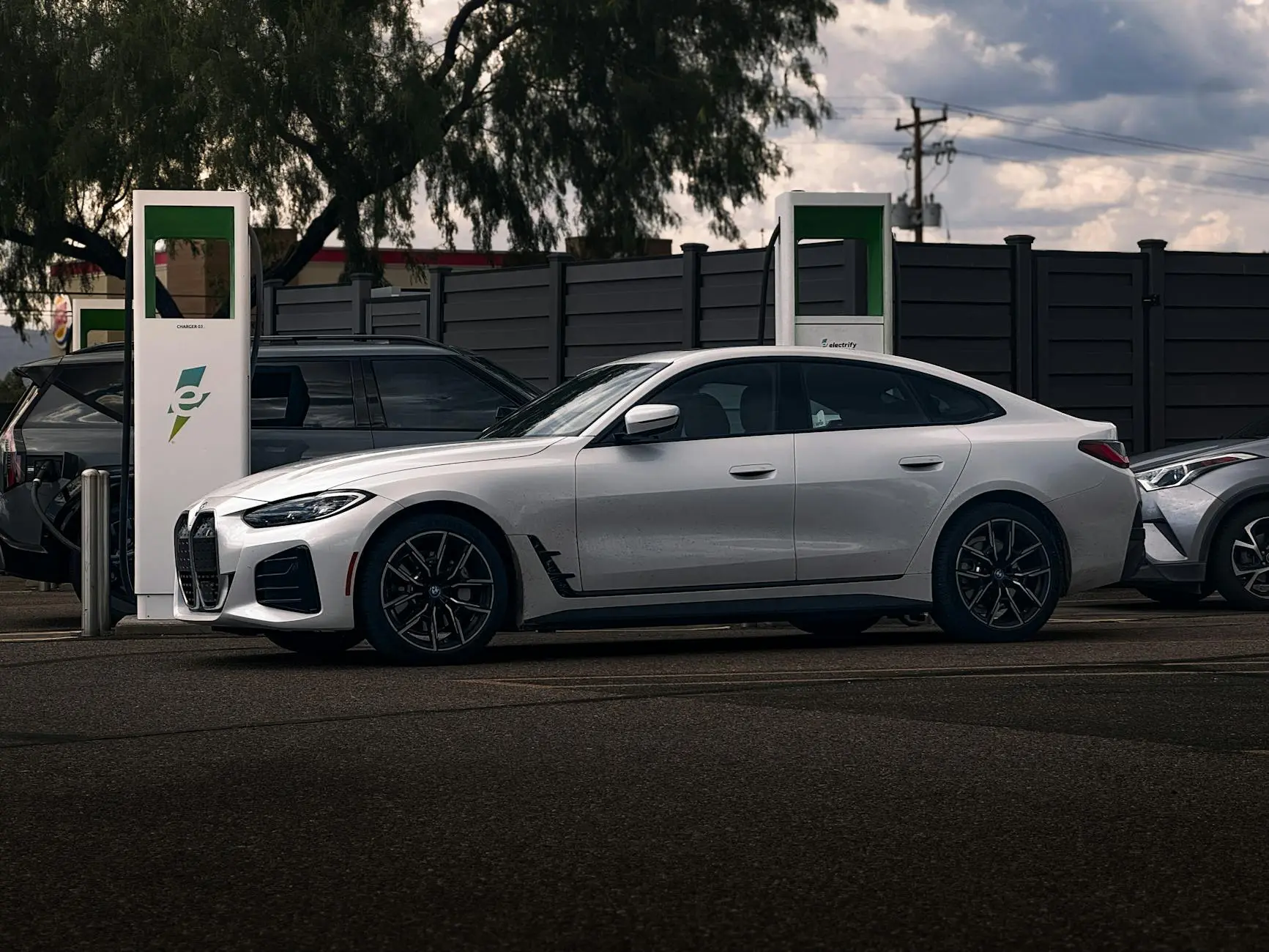Understanding No-Fault vs. At-Fault States in Car Insurance
Navigating the complexities of car insurance can be daunting, particularly when deciphering the differences between no-fault and at-fault states. These systems profoundly influence the claims process, policyholder responsibilities, and even premium costs. Understanding the distinctions between no-fault and at-fault insurance systems empowers drivers to make informed decisions that best suit their needs.
What is a No-Fault Insurance System?
In a no-fault insurance system, each driver’s insurance company pays for their policyholder’s damages, regardless of who caused the accident. This system is designed to reduce the number of lawsuits from minor accidents and speed up the claims process. Currently, 12 states in the U.S., including Florida, New York, and Michigan, operate under no-fault laws.
Key Characteristics of No-Fault States:
- Personal Injury Protection (PIP): One of the main components of no-fault insurance is Personal Injury Protection, or PIP. This coverage is mandatory in no-fault states and compensates drivers and passengers for medical expenses, lost wages, and other related costs, irrespective of fault.
- Limited Right to Sue: No-fault laws generally restrict the ability to sue for damages, unless injuries meet a certain severity threshold defined by state law. This threshold can include significant medical costs or long-term disability.
- Quicker Claims Process: Since each driver’s insurer handles their own claims, the process is typically faster, avoiding the lengthy litigation process associated with determining fault in courts.
The At-Fault Insurance System
Contrasting no-fault principles, at-fault, or tort states, require the driver responsible for the accident to cover all costs associated with damages and injuries. Most states in the U.S. follow the at-fault model, including California and Texas.
Key Characteristics of At-Fault States:
- Liability Considerations: The driver found responsible for causing an accident is liable for the damages. It typically involves property damage liability, bodily injury liability, and can include legal fees if a lawsuit is involved.
- Right to Sue: Drivers in at-fault states can sue the responsible party for additional damages not covered by insurance, such as pain and suffering or lost quality of life.
- Investigation Required: Determining fault requires investigations involving police reports, witness statements, and sometimes legal proceedings, which can prolong the claims process.
Impact on Insurance Premiums
Understanding how these systems affect insurance premiums is critical for drivers. No-fault insurance can lead to higher premiums, particularly for PIP, because insurers cover policyholder damages regardless of fault and therefore assume more risk. For example, Michigan historically had some of the highest auto insurance rates due to its comprehensive PIP requirements, though recent reforms aim to reduce these costs.
Conversely, in at-fault states, your insurance costs might be more heavily influenced by your driving history and record of past incidents. Premiums can increase substantially after an accident where you are found liable, reflecting the higher risk posed to insurers.
Real-world Implications for Drivers
The choice between no-fault and at-fault systems affects how drivers should approach insurance coverage:
- Comprehensive Coverage in No-Fault States: Due to restricted ability to sue in no-fault states, having comprehensive and collision coverage can provide additional protection for vehicle damages not covered by PIP.
- Liability Coverage in At-Fault States: Ensuring sufficient liability coverage is vital in at-fault states where drivers can be held financially responsible. Many drivers opt for higher liability limits to protect against significant out-of-pocket costs following an accident.
Conclusion
By understanding the core differences between no-fault and at-fault systems, drivers can effectively navigate the different landscapes of car insurance. No-fault systems prioritize speedy claims processing and limit legal disputes, while at-fault systems offer broader rights to legal recourse but require clear fault determination. Whether residing in a no-fault or an at-fault state, comprehending these dynamics ensures that drivers can maintain adequate coverage and appropriately manage their financial risk on the road.










